-

by Nick Day Feb 26, 2018 4 min read
-
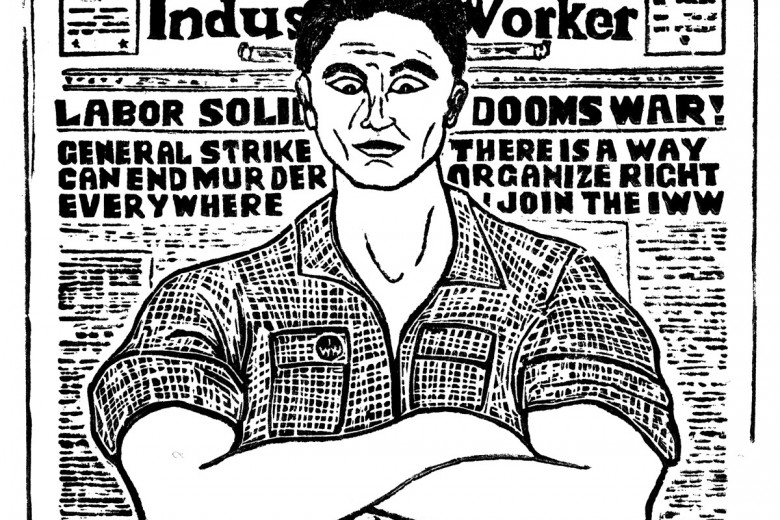
by Dylan Miner Feb 20, 2018 9 min read
-
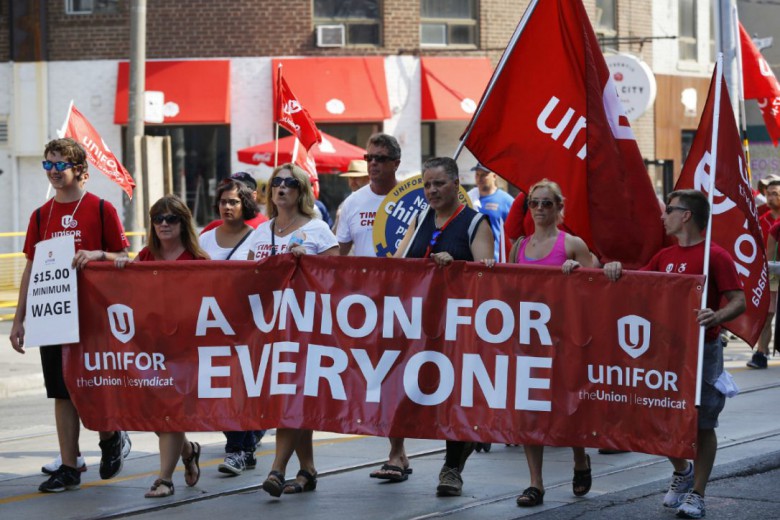
by Larry Savage Jan 18, 2018 4 min read
-
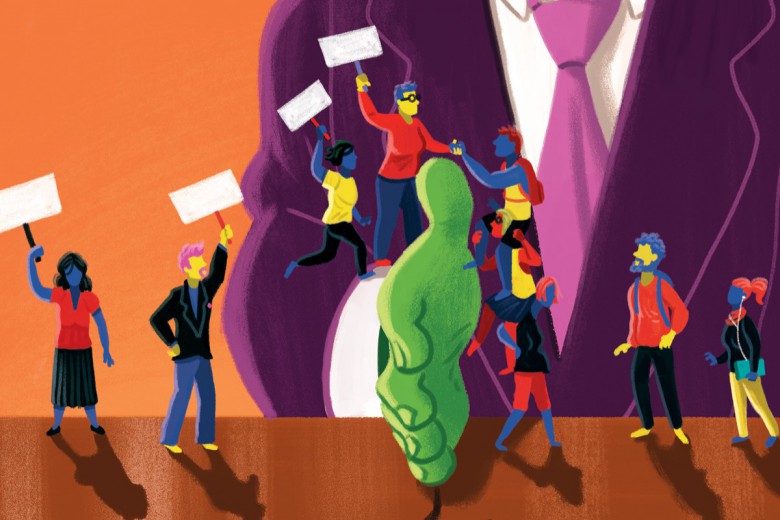
by Mrinalini Greedharry Dec 21, 2017 9 min read
-

by Megan Kinch Oct 24, 2017 6 min read
-

by Mick Sweetman Oct 23, 2017 12 min read
-

by Laura Stewart Oct 23, 2017 10 min read
-
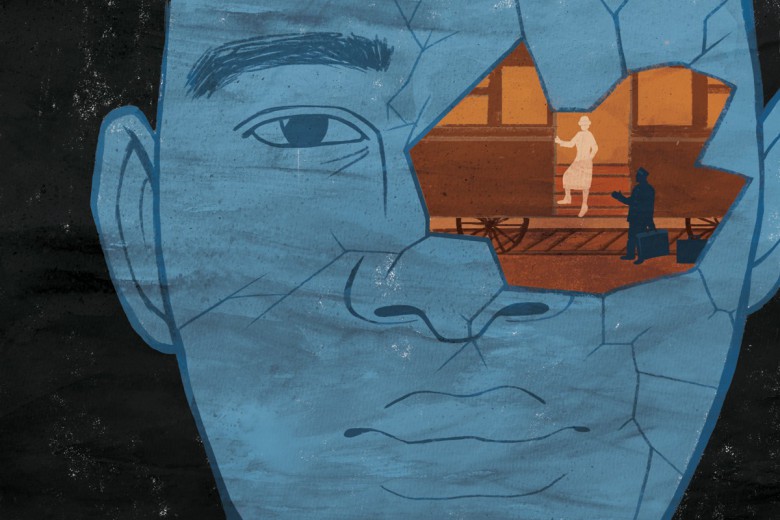
by Robyn Maynard Oct 23, 2017 6 min read
-
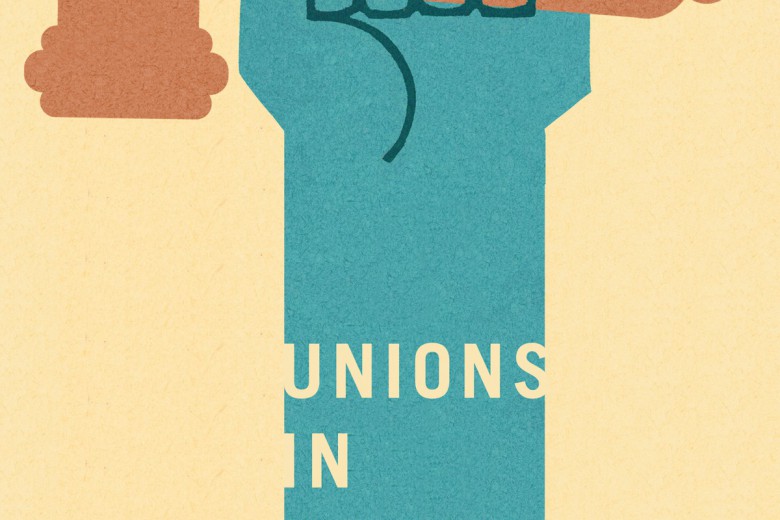
by Brad Walchuk Oct 23, 2017 5 min read
-

by Serena Nadir Oct 23, 2017 4 min read
-
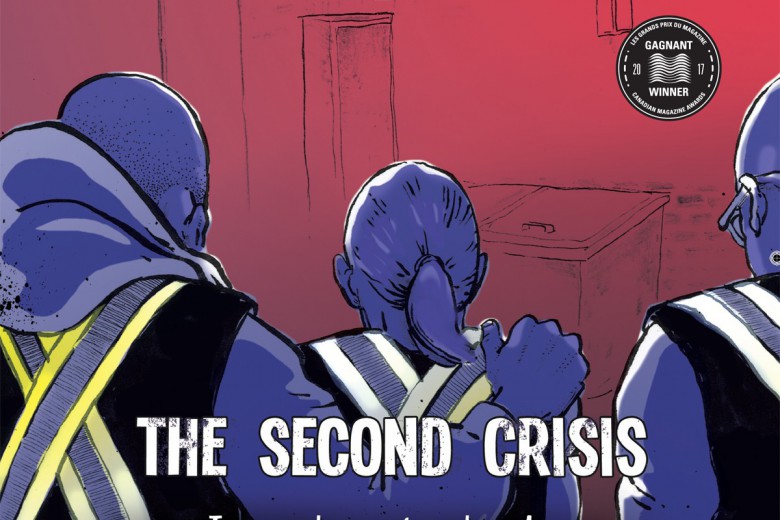
by Yutaka Dirks Oct 23, 2017 4 min read
-
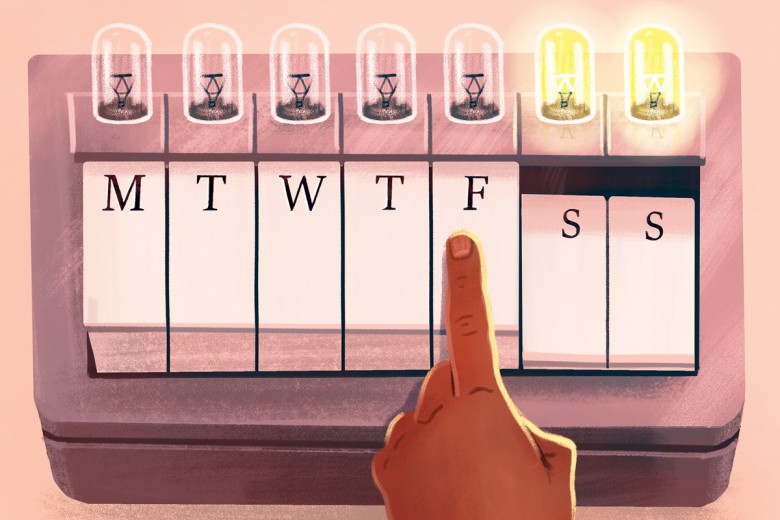
by Aalya Ahmad Aug 30, 2017 8 min read
-
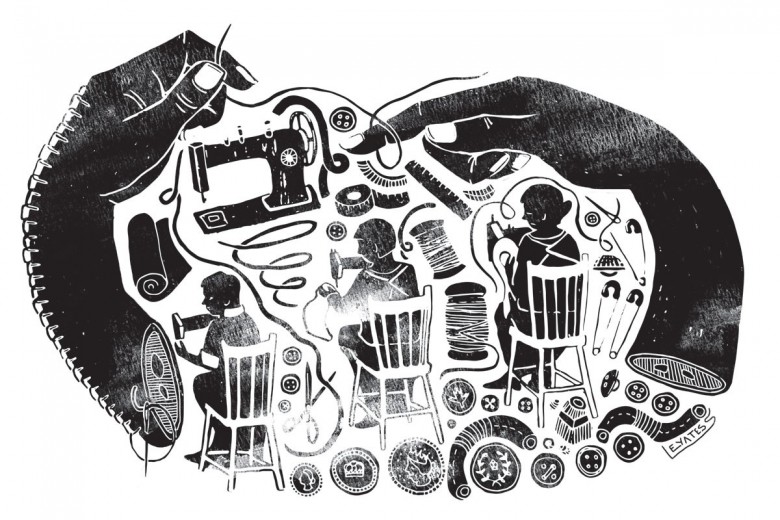
by Sofia Cutler Jun 30, 2017 7 min read
-
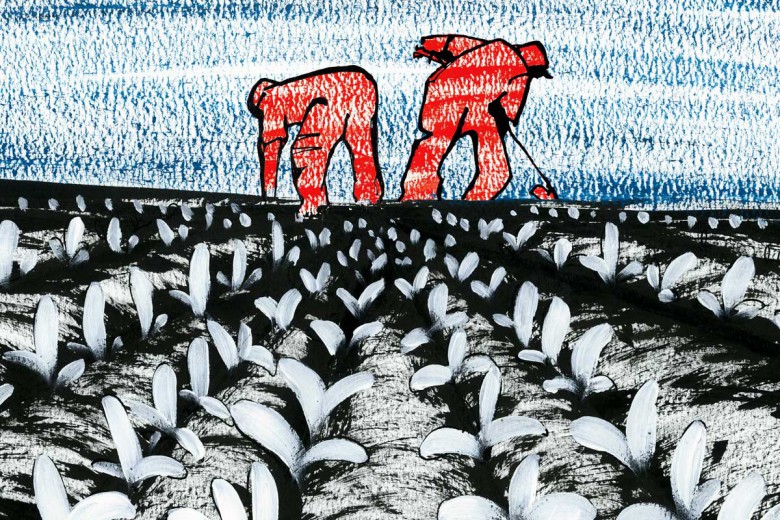
by Calvin Neufeld May 1, 2017 9 min read
-
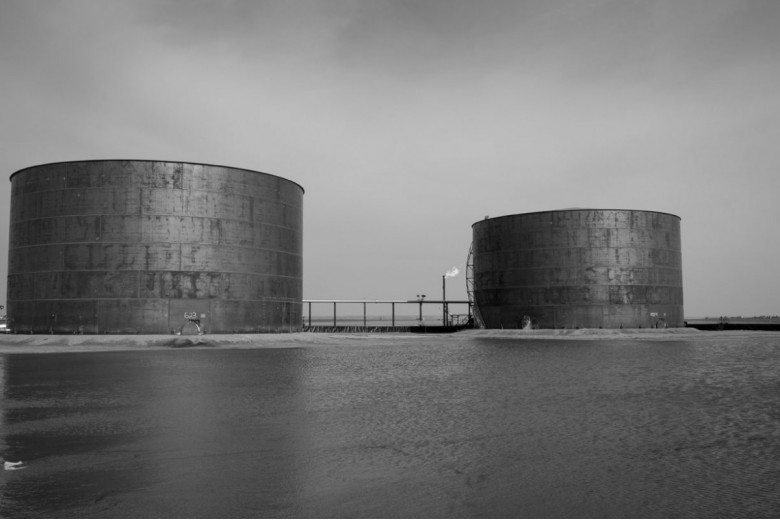
by Emily Eaton Jan 1, 2017 12 min read
-

by Dave Oswald Mitchell Oct 24, 2016 11 min read
-

by Tracey Mitchell Oct 24, 2016 3 min read
-
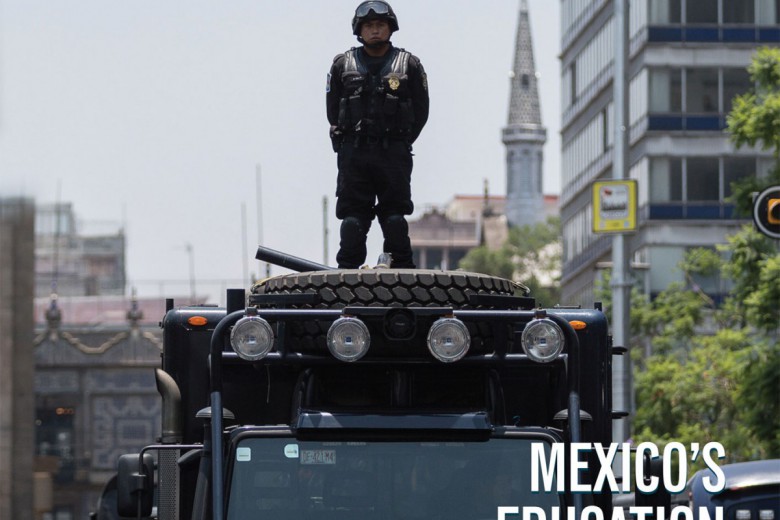
by Tanya Andrusieczko Oct 24, 2016 4 min read
-
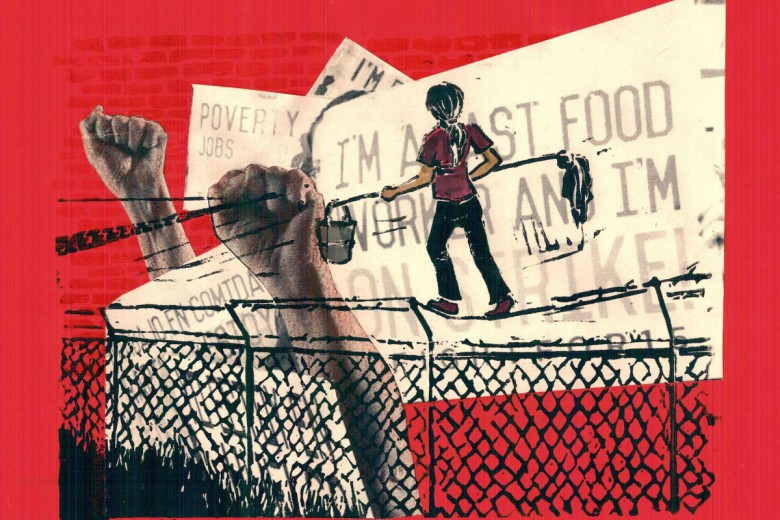
by Alia Karim Oct 24, 2016 9 min read
-
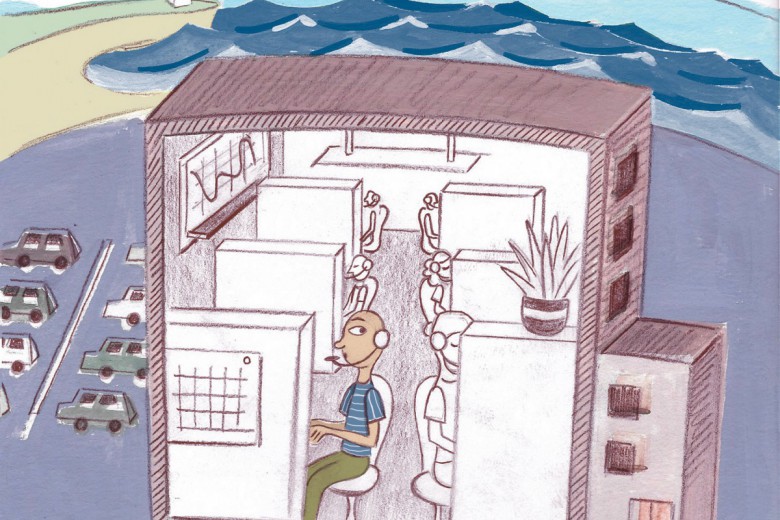
by Cory Collins Oct 24, 2016 10 min read






















